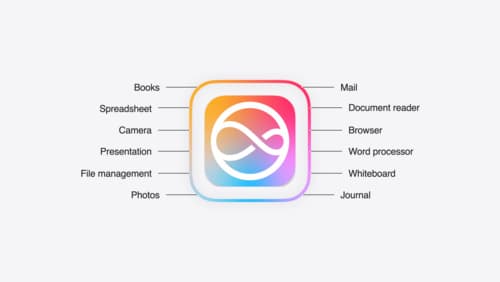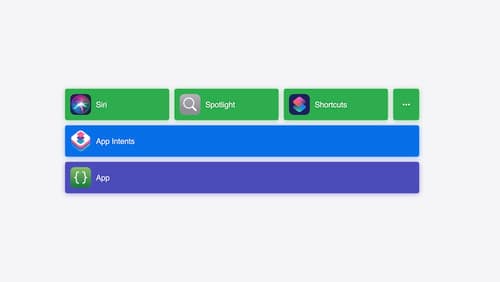intents
Asked on 2024-09-06
2 searches
The content from the WWDC sessions focuses on designing and implementing app intents to enhance system experiences. Here are some key points:
-
Designing App Intents: In the session "Design App Intents for system experiences," it is emphasized that app intents should go beyond common functionality and include anything your app does. The guidance has shifted from having only a few app intents to a more comprehensive approach. It's important to structure app intents to be flexible and avoid creating multiple intents for the same task. Instead, use parameters to handle variations within a single intent.
-
Structuring App Intents: App intents should be designed to be flexible and readable across various configurations. They should not be tied to specific UI elements but should represent the underlying tasks. For example, instead of creating an intent for a UI action like tapping a button, create an intent for the task that the button performs, such as saving a draft.
-
App Intents and System Features: The session "Bring your app’s core features to users with App Intents" explains that app intents allow system features like Siri and Spotlight to understand and present your app's core actions and content. This framework handles the communication between your app and system features, allowing you to focus on implementing the behavior of your features.
-
Using Parameters in App Intents: Parameters are crucial for making app intents flexible. They allow users to customize the action, such as selecting a specific mode or input. This is demonstrated in the session "Bring your app to Siri," where app intents can be defined with parameters to enhance their functionality and integration with system features.
For more detailed guidance on designing app intents, you can refer to the session Design App Intents for system experiences (01:50).

Bring your app to Siri
Learn how to use App Intents to expose your app’s functionality to Siri. Understand which intents are already available for your use, and how to create custom intents to integrate actions from your app into the system. We’ll also cover what metadata to provide, making your entities searchable via Spotlight, annotating onscreen references, and much more.

Bring your app’s core features to users with App Intents
Learn the principles of the App Intents framework, like intents, entities, and queries, and how you can harness them to expose your app’s most important functionality right where people need it most. Find out how to build deep integration between your app and the many system features built on top of App Intents, including Siri, controls and widgets, Apple Pencil, Shortcuts, the Action button, and more. Get tips on how to build your App Intents integrations efficiently to create the best experiences in every surface while still sharing code and core functionality.

Design App Intents for system experiences
App Intents power system experiences in controls, Spotlight, Siri, and more. Find out how to identify the functionality that’s best for App Intents, and how to use parameters to make these intents flexible. Learn how to use App Intents to allow people to take action outside your app, and see examples of when to navigate into your app to show contextual information.
